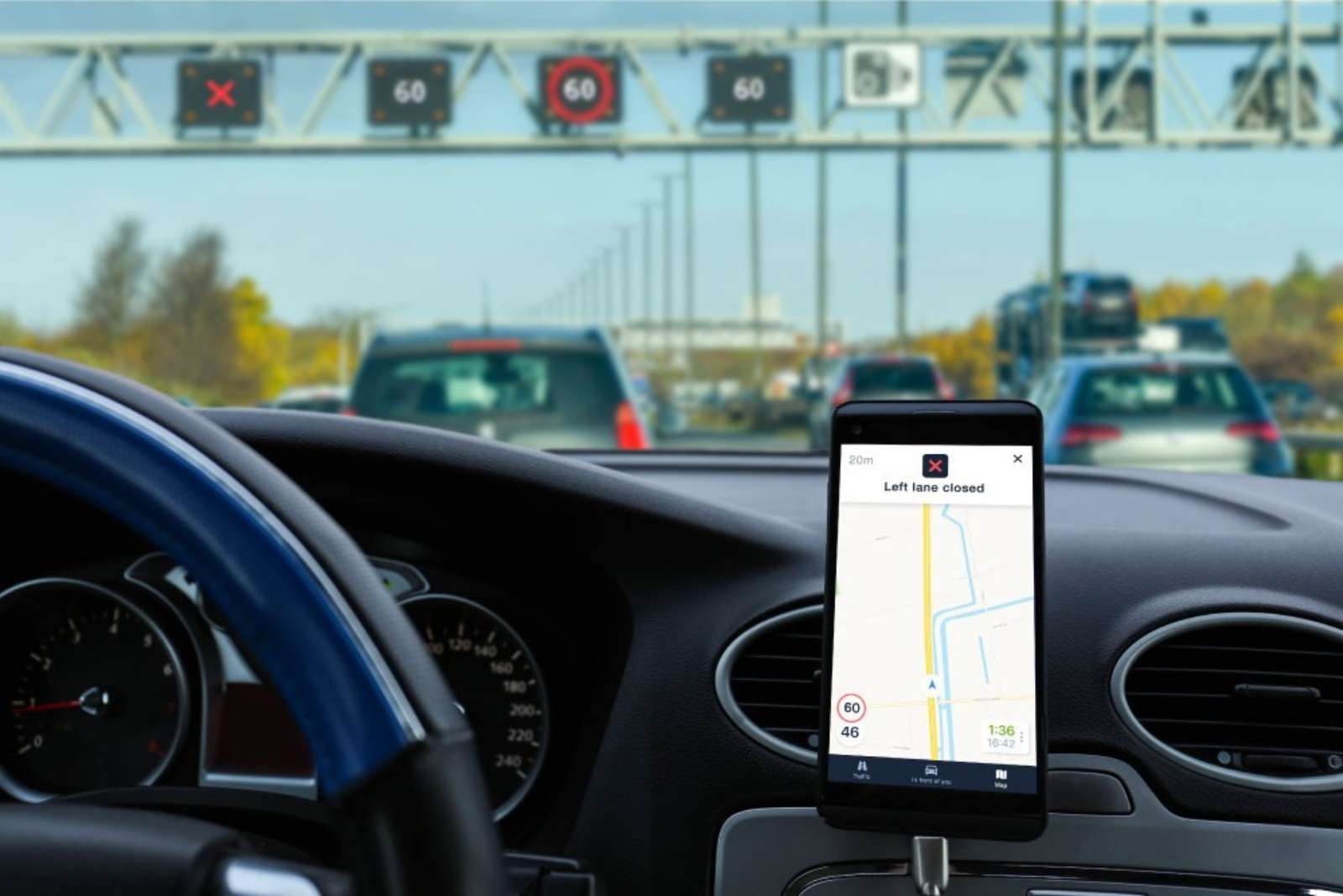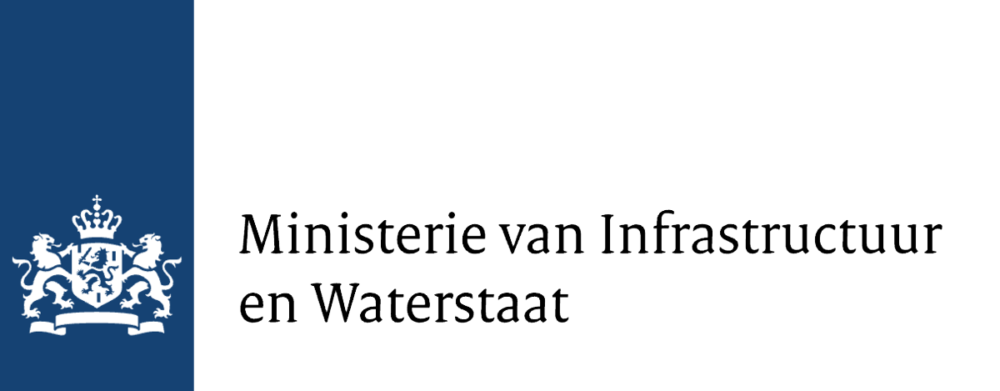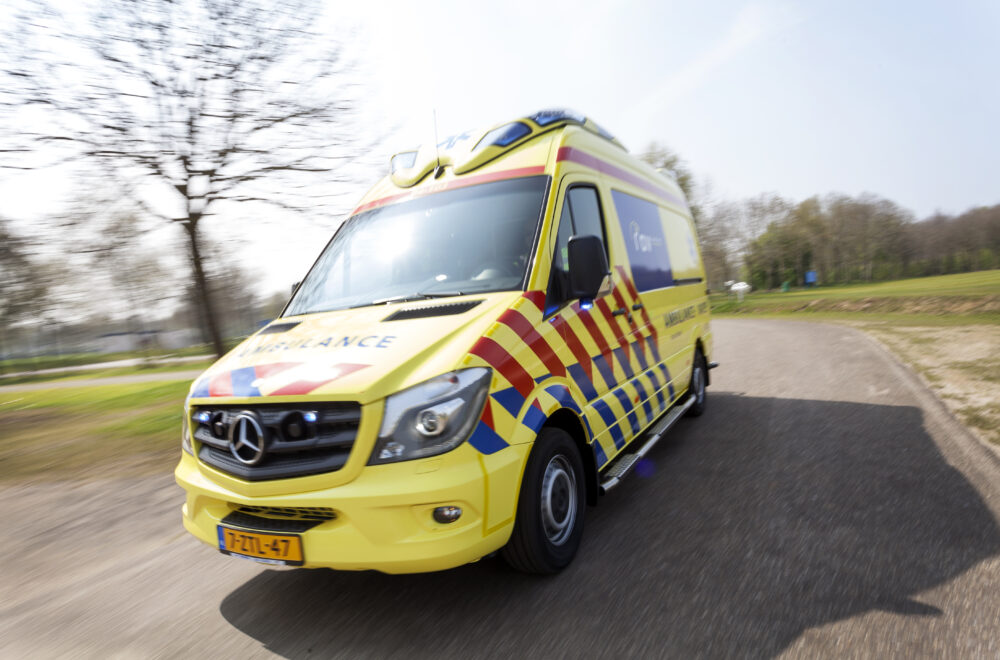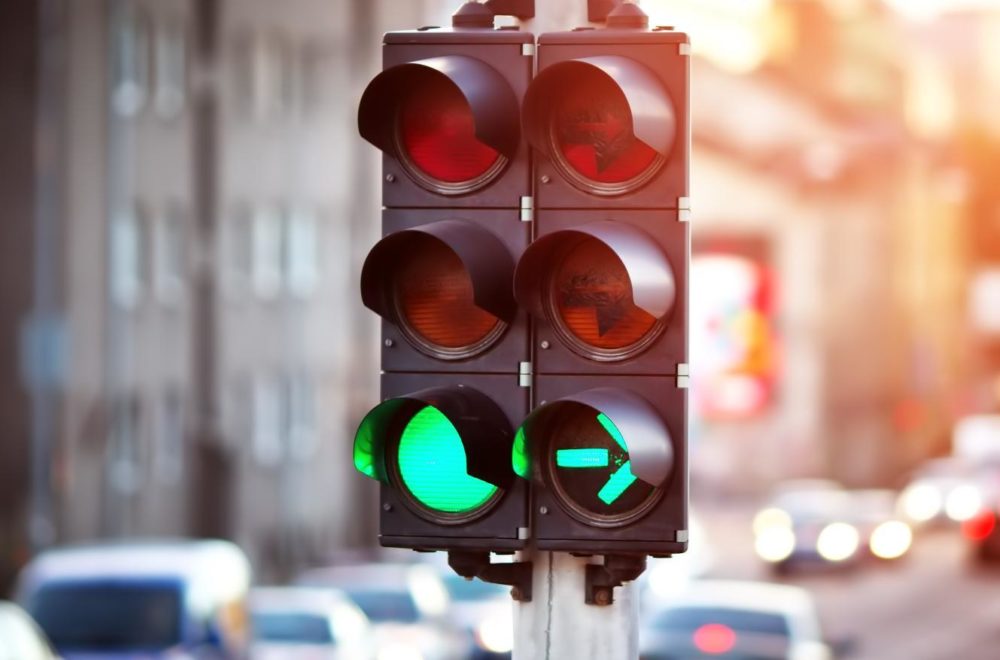

The Talking Traffic partnership is a collaboration between the Dutch Ministry of Infrastructure and Water Management, around 60 regional and local authorities and 20 Dutch and international companies, including Be-Mobile. These stakeholders work together to modernize and digitize mobility management in the Netherlands by establishing connectivity between vehicles and traffic infrastructure as well as data exchange between different actors in the mobility value chain. Within the program, 39 use cases were conducted, each of which can contribute in its own way to making traffic smoother, safer and more sustainable.
Some use case examples:
- in-car display of actual dynamic and static speed limits;
- in-car warning about potentially dangerous situations (road works, emergency vehicles, etc.);
- priority for certain road users such as emergency vehicles or public transport at intersections equipped with smart traffic lights;
- optimization of traffic flow at intersections by using traffic data transmitted by connected vehicles.
Part of the Talking Traffic program was an evaluation project that focused on whether these use cases affected driving behavior and whether an effect on public goals could be expected. In the evaluation, data from different sources such as Floating Car Data (FCD), traffic light data, traffic situation data and publicly available speed limit data had to be analyzed and combined. Be-Mobile proved to be the ideal partner for this assignment.
Continue reading below the image.

Broad project, daunting challenges
The Ministry of Infrastructure and Water Management was looking for a party that could process and analyze an enormous amount of data in a very short period and was able to make the findings understandable to the general public. Be-Mobile was chosen to conduct the research and produce two reports as a result, one based on 2019 data, and one based on 2020 data.
At project initiation, the challenge proved to be putting the data into a format that allowed for analysis. In addition, a proper methodology was designed to measure the impact of a use case.
"The use cases were implemented in a real-life environment where many different factors influence user behavior. It is a real challenge to filter the effect of, for example, giving an in-car warning, from all the other factors that influence the user at that moment," says Joost Vandenbossche, Manager of the Mobility Lab at Be-Mobile.
The large scale of the project, the many input channels and the even larger number of involved parties demanded meticulous coordination. Notable examples include the organization of measurements at traffic lights and the large-scale survey conducted among 12,000 users of the Flitsmeister app, which provided warnings and notifications to drivers in the car.




